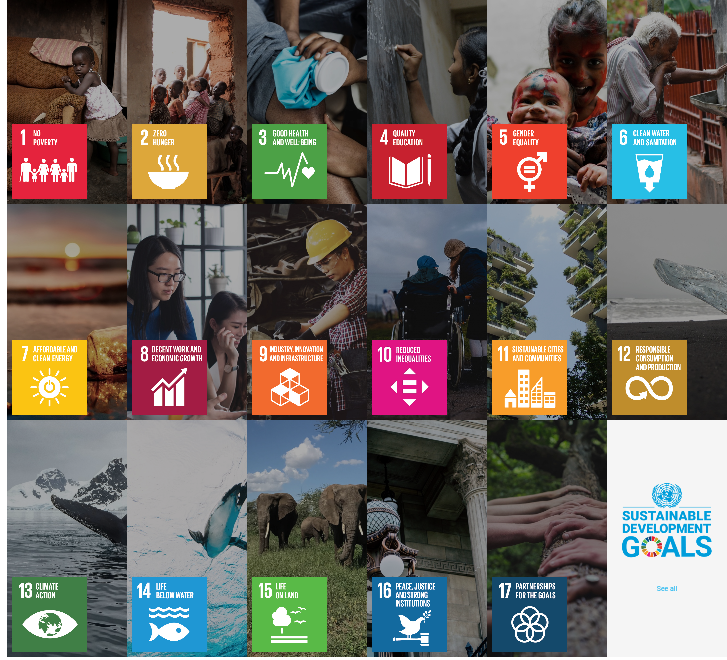
The contribution maual has been updated.
Main changes:
- Only one normalized example is required (formerly 4)
- New image
- Tool for checking properties used on other data models

The contribution maual has been updated.
Main changes:
Open sessions are 30 minutes of live support for users and contributors of the Smart Data Models held every Monday at 14:00 CET. You can also comment on your ideas about new required data models.
Now you can see in the announcement banner in the upper part of the page this icon
It allows you to add to your google calendar the open sessions all Mondays.
Once you have the json schema of a smart Data model there are two services that allow you to generate random payloads compliant with the JSON schema in NGSI-LD.
both services are for generating
these services have been updated and some errors were fixed.
Soon these services will be also available for NGSI v2 platform.
The adaptation of the frictionless data standard is completed with these three new data models in the datamodel.FrictionlessData subject
These data models can easy the integration with OpenSDG a tool for demonstrate the progress in terms of SDG for a region, large organization or country. Open SDG is an open source, free-to-reuse platform for managing and publishing data and statistics related to the UN Sustainable Development Goals (SDGs).
Now it is possible to check if the defined properties of a new model have already been used in other models.
Thus there are two new sections in the check of the data model:

The new data model in the datamodel.FrictionlessData subject
Frictionless data is a data format for sharing information.
This is the format used by the openSDG tool

for reporting indicators related to the Sustainable Development Goals of the United Nations.

This subject, datamodel.FrictionlessData will map this standard allowing its use in the NGSI platforms like the FIWARE platform.
Integration with SDG is one of our public pending tasks.
Just a minor announcement about Open sessions. They will be retaken on the 16th.
You can suggest topics for the sessions. Domain-specific (e.g. health, environment, robotics, etc), subject (e.g. DCAT-AP, TouristDestinations, urban mobility, etc), or standardizations that should be mapped into the smart data models (e.g. SDG, DLT, ROS, cityGML, etc) or another topic. You could also present your presentation/questions during the session if you wish. We would appreciate you to mention why this suggested topic is relevant.